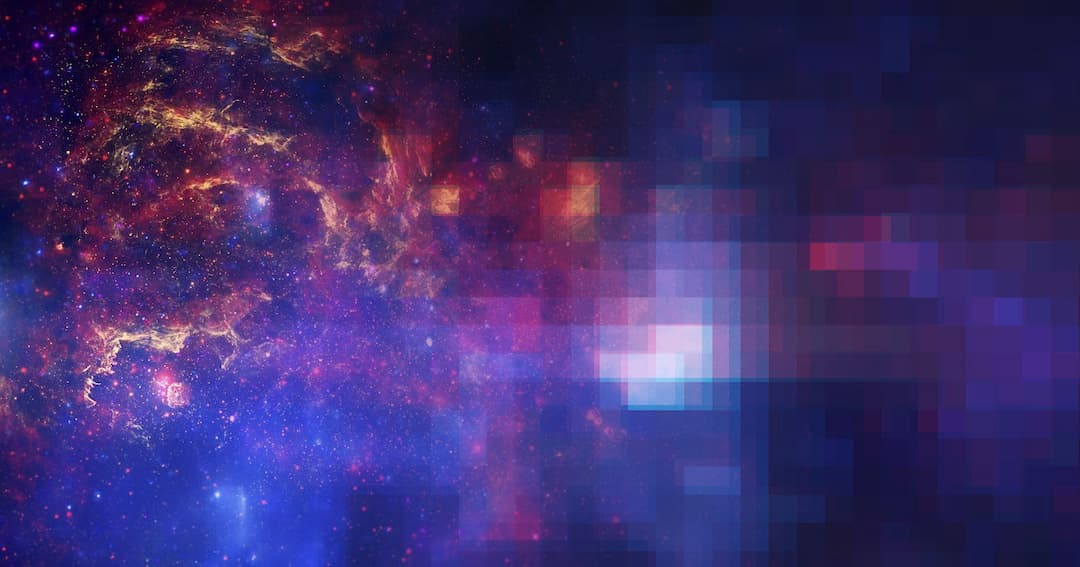When viewed from afar, the sand dunes seem very smooth, without a single wrinkle. However, when we get closer and clearly see each grain of sand, each ripple of sand, we begin to realize that this is not the case. It’s the same with digital photos: If we zoom in enough, we can fully explore the individual pixels that make up the image.
Based on the above examples, scientists at Caltech, USA have put forward an interesting hypothesis: The universe we live in has actually been “pixelized”, just we haven’t arrived yet. Just close enough to see those tiny pixels. In other words, the universe is not smooth, smooth as we still see in movies, but is a collection of microscopic discrete units.
Researcher Rana Adhikari said:A pixel of space-time is so small that if you zoomed in to make it about the size of a grain of sand, an atom would be as big as a galaxy.“.

Space-time is a collection of microscopic pixels that cannot be observed by the naked eye?
The reason Rana and scientists around the world are “searching” for pixels in space is because this is most likely the key to solving the problem of quantum gravity – one of the biggest physics mysteries in the world. our era. Quantum gravity involves a range of different theories, including string theory, that seek to unify the macroscopic world of gravity with the microscopic world of quantum physics. At the heart of this mystery is whether gravity can be “quantized” (broken down into its individual components).
Cliff Cheung, professor of theoretical physics at Caltech, said:Some scientific theories hold that quantum mechanics and gravitational interactions are unrelated and incompatible. But experiments show that we can do quantum mechanics on Earth. And the Earth has gravity. So these two factors clearly have to be related. Problems start to arise when we ask questions related to black holes, or try to merge different theories at short scales, distances.“.
In other words, Professor Cliff Cheung wants to know what happens if we zoom in on space-time? Will we find single photons (the particles that make up light) as pixels according to the laws of quantum mechanics, or will light still present as a seamless, continuous spectrum?

If this hypothesis is correct, this could be the key to solving the problem of quantum gravity – one of the greatest physics mysteries of our time.
Scientists also hypothesize that the smallest-scale gravity is made up of “gravitons” particles – a component of string theory, which can resonate at a certain frequency. On even smaller scales, however, researchers are still scratching their heads trying to unify the laws of general relativity and quantum physics.
Rana said: “If I accidentally dropped a cup of coffee, I would “blame” gravity. However, if the temperature, which is “unreal” (untouchable, touchable), drops, it is due to the movement of molecules. No-time can similarly be “unreal”. Gravity is quite possibly something arising from space-time pixels and is what we call gravity.“.
According to Futurism
.
